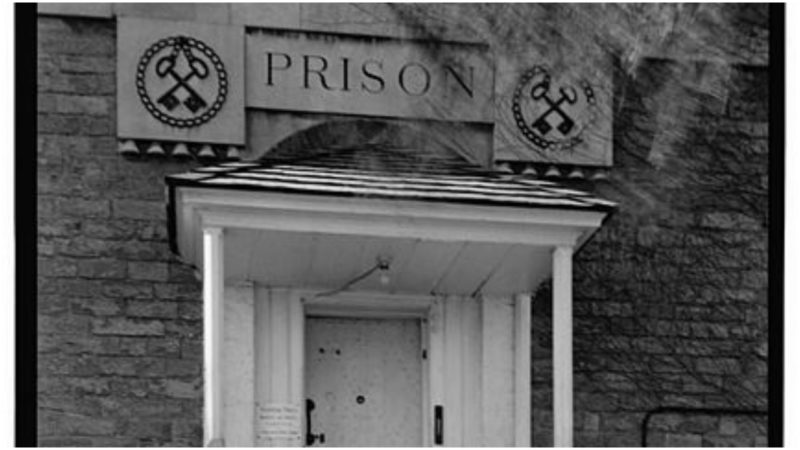Many mottos have been written over many entrances over the years. A more contemporary example of this concept is undoubtedly the Auschwitz slogan: “Arbeit Macht Frei.” These three words welcomed – in a way – all of those ill-fated souls that ended up in there.
“Justice Which, While it Punishes, Would Endeavor to Reform the Offender” is written on top of the entrance of Burlington County Prison, the centerpiece of our story.
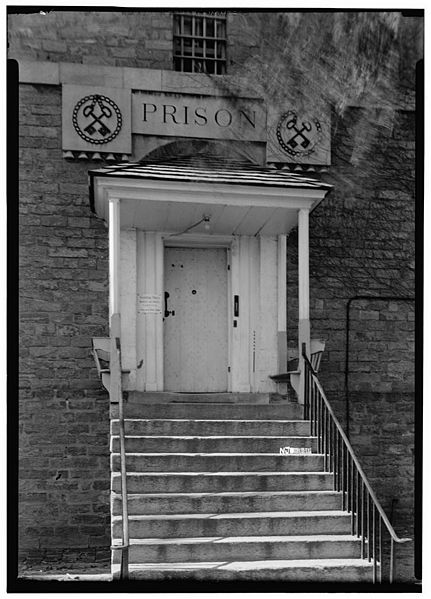
The prison was the brainchild of Robert Mills, an architect from South Carolina. His family migrated there from Scotland towards the end of the 18th century. He was a bright and creative man, and these qualities allowed him to easily progress in his field.
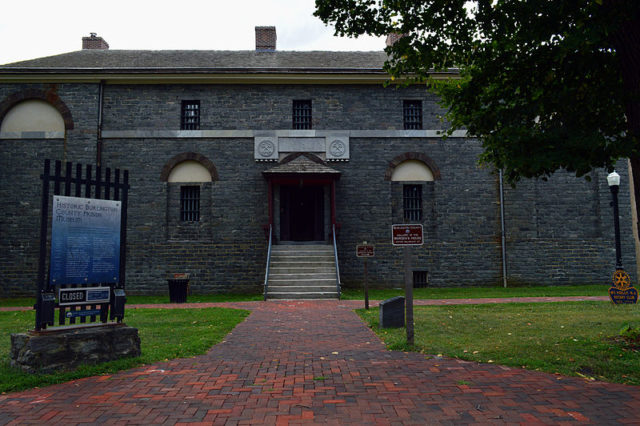
He also designed the Washington Monument as well as the White House of the Confederacy in Richmond, Virginia and the United States Department of the Treasury in Washington, D.C.
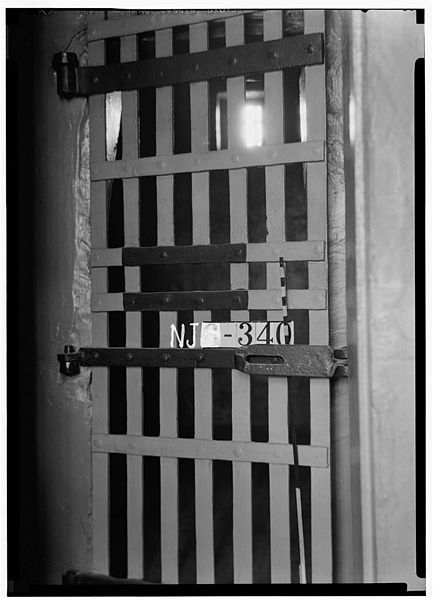
A land was purchased for $2,000 – around $40,000 in today’s money – and became operational in 1811. It was immediately filled with inmates who were brought in from the old jailhouse. This too was erected entirely out of stone but was considered less modern than Burlington County Prison simply because it was constructed to serve as a correctional facility. Prisons at the time focused more on punishing the inmates for what they had done rather than reforming them.
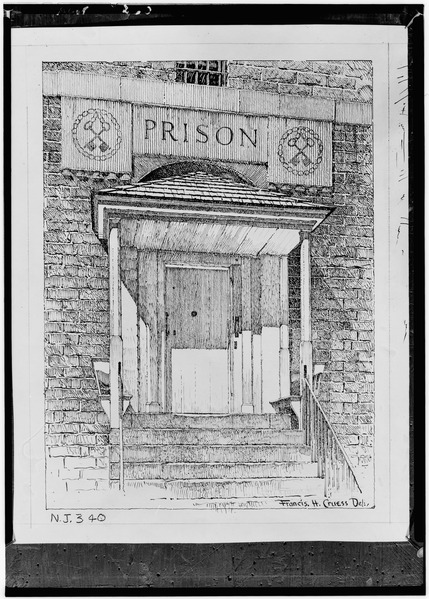
Little did they know that, with time, this new prison would become known as one of New Jersey’s most haunted locations. Some say that it is filled with beings that belong in the realm of the supernatural – souls that failed to “get to the other side.” But more of that a bit later.
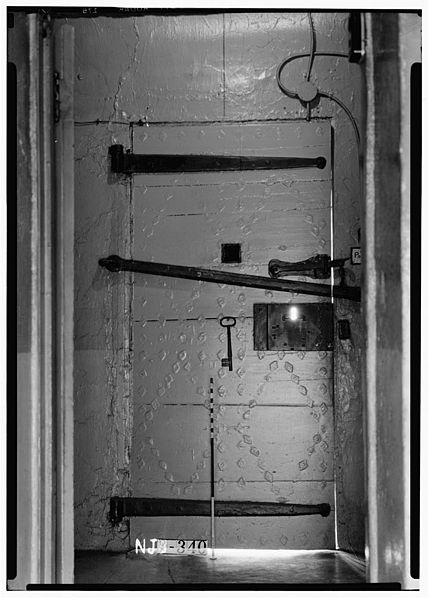
By today’s standards, it was a small prison: able to house no more than 40 inmates. Each had their own cell equipped with a hearth and their own private window. There was also a basement with a dark cell in it. This is where the “darkest minds” were held, shackled.
Back then, many debtors were held in prisons throughout America. Burlington County Prison had its own fair share of them, and they were left to freely roam the hallways. The most famous prisoner held at Burlington was Albert DeSalvo, or as the world remembered him: The Boston Strangler.
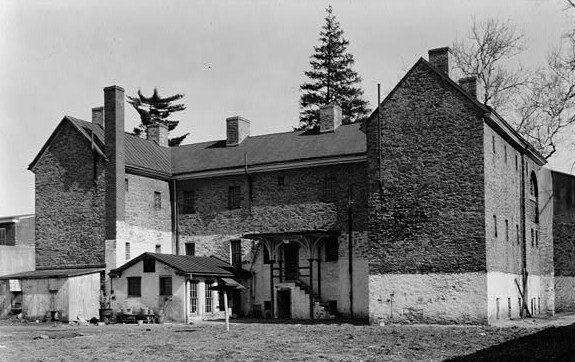
Mills emphasized the importance of making the site escape-proof. Jailers patrolled the hallways continually, and the basement was under constant watch. The greatest fear was that the inmates would tunnel out. As it turned out, it was actually the roof that offered a chance for freedom. In 1875, four prisoners managed to exploit this weakness and found their way out via the roof and over the prison wall.
The prison remained in constant use for 154 years.When it was shut down in 1965, Burlington held well over 100 prisoners, all of whom had to be transferred to other facilities.
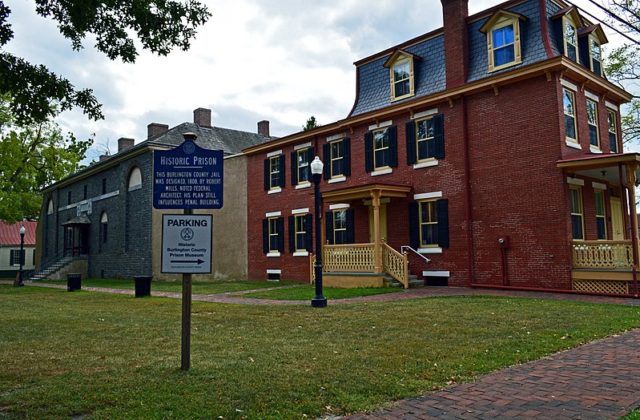
It was then that stories of hauntings started to surface. Paranormal investigators and ghost hunters began to visit the facility. These individuals have apparently reported back a definitive presence of the supernatural. EVP recordings, a recording technique purported to capture the voice of the dead on tape, apparently confirm this. On one of these tapes posted on Youtube, an investigator asks the question “where are you?” The answer is nerve-wracking, to say the least: “right behind you.”
Photos and video recordings have also been produced that, according to those who decide to believe this, are indisputable proof of ghostly presences on the site.
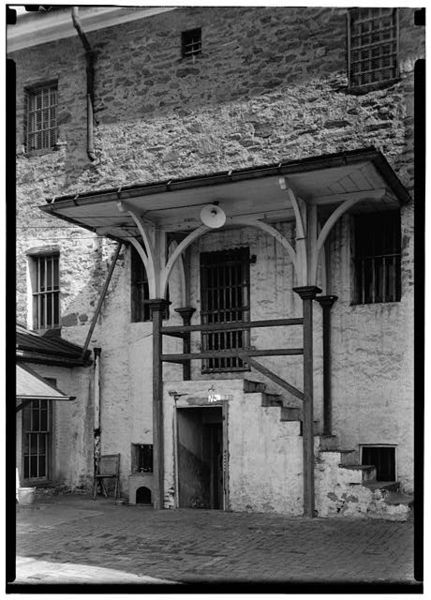
Whether or not one decides to believe in the ghosts, the prison stands to satisfy the curiosity of visitors who flock to the site each year. The facility now operates as a museum and has been declared a Historic Landmark.
